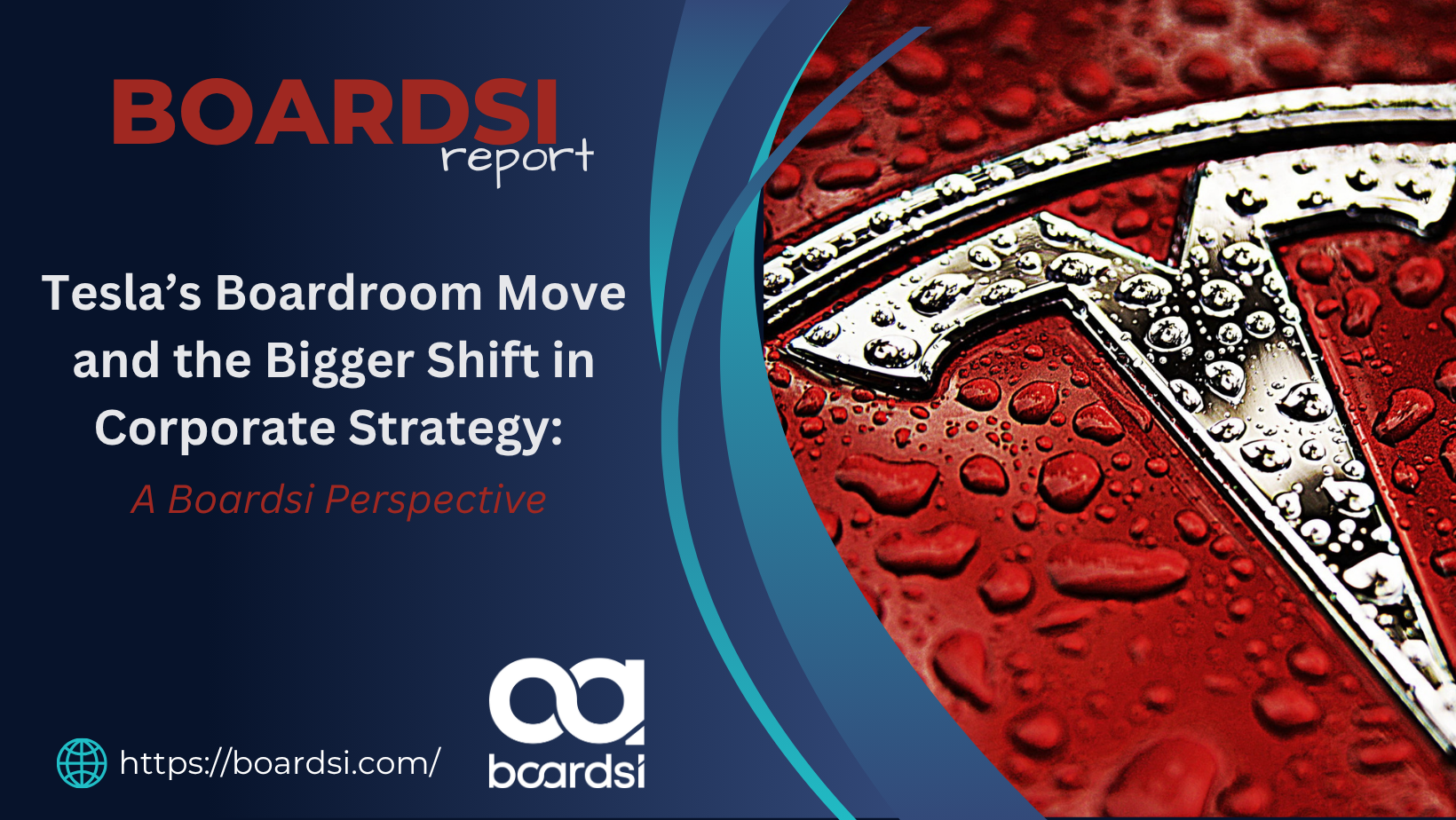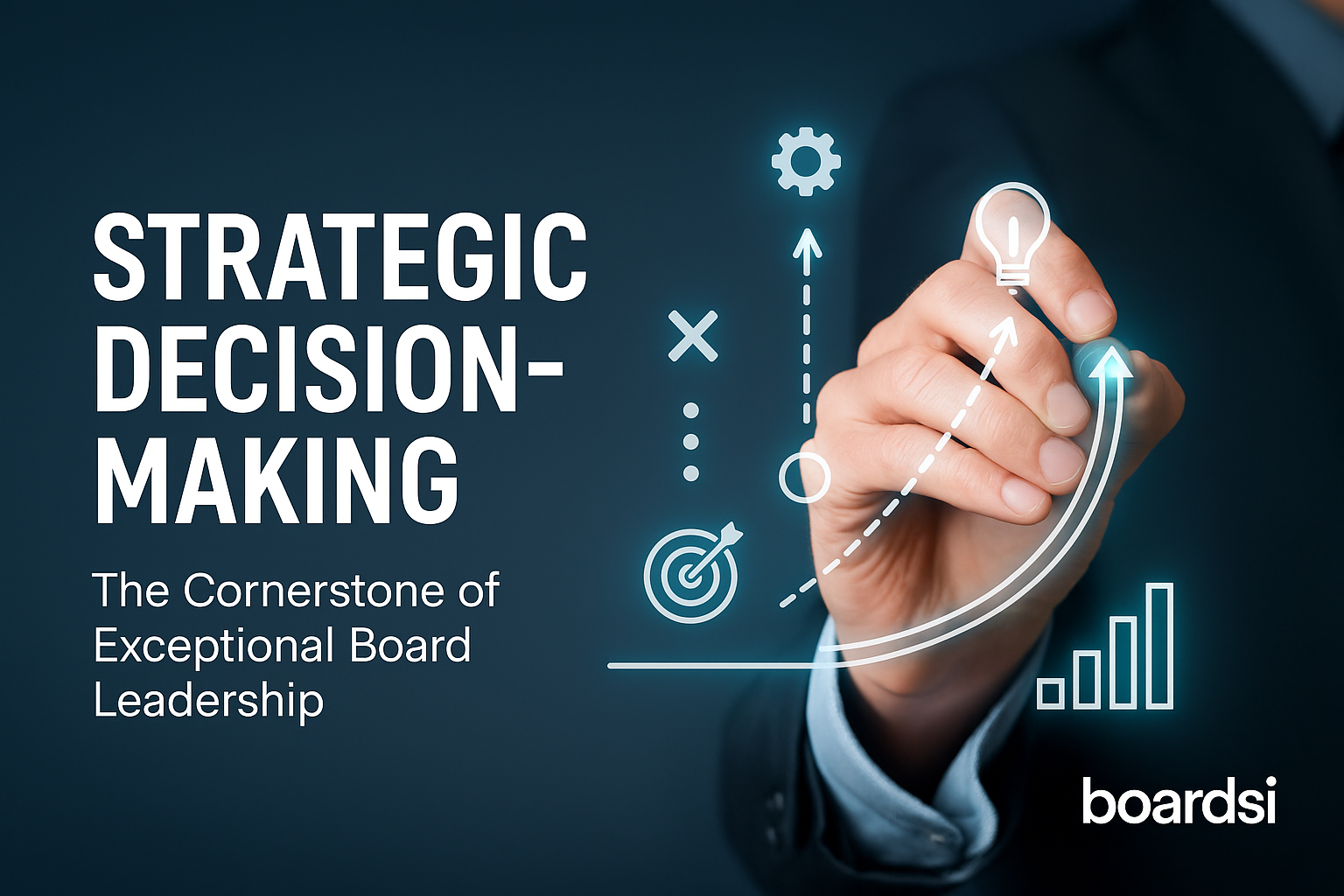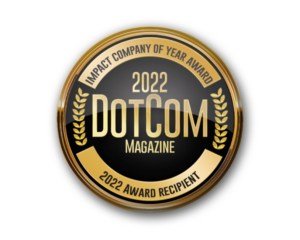There’s a moment in every executive’s journey when the question shifts from “What am I leading?” to “Who am I lifting up?”
That moment, though often quiet and personal, marks the difference between someone who simply holds a leadership title versus someone who is building a leadership legacy. In today’s evolving corporate landscape, real leadership isn’t measured solely by outcomes: It’s defined by the impact you have on the next generation of leaders.
We are living in an age where rapid innovation, digital transformation, and global complexity demand not just visionary leadership—but continuity. Companies cannot afford to let leadership development be accidental or left to chance. And yet, far too many organizations haven’t made mentorship a formal part of executive responsibility.
If you’re in a leadership seat today, it’s not just your job to perform: It’s your duty to prepare others to perform after you.
The leadership crisis no one talks about
We talk endlessly about innovation, strategy, market shifts. But we rarely discuss what happens when CEOs retire, founders exit, or key executives burn out before anyone else ready to step into their role.
According to research from Deloitte, over 80 percent of executives say leadership succession is a top priority, but only 14 percent feel prepared to fill critical roles.
That disconnect is costly for businesses. It leads to stalled growth, cultural confusion, and instability in decision-making when a founder or CEO leaves. And at its core, the problem is rarely a lack of talent. It’s a lack of mentorship.
Too often, executives focus on the performance of today and forget that their most important contribution may be shaping leaders for tomorrow.
Mentorship is strategic
Mentorship isn’t about occasional coffee chats or advice. It’s a strategic tool that builds capacity within your organization and strengthens its long-term continuity. Whether you’re in the C-suite or on a board, your responsibility extends beyond execution—it includes building a bench of talent who can carry the mission forward after you leave.
At Boardsi, we work with thousands of executives and companies navigating leadership transitions, and the most successful organizations share one thing in common: They embed mentorship into the DNA of their leadership culture. This often means incorporating mentorship as a formal expectation — not an optional extra. Some embed it into performance reviews, measuring how leaders actively mentor others or seek mentorship themselves. Others require senior executives to identify at least one mentor and one mentee each year, ensuring knowledge transfer, perspective exchange, and cross-generational leadership continuity.
This doesn’t mean creating extra work for senior leaders—it means structuring intentional, aligned, and outcomes-driven mentorship programs that match emerging talent with proven leadership.
Thought leadership is about lifting others
Being a thought leader isn’t limited to writing articles or speaking at conferences. It’s also about sharing the thinking behind your leadership—your mindset, values, and decision-making process with up-and-coming leaders at your company.
When executives actively mentor, they pass down the essence of leadership—how to navigate gray areas, how to balance pressure and empathy, how to lead with clarity in times of uncertainty. These concepts cannot be taught in a one-time seminar or online course. Mentors teach these ideas through conversations, in coaching, and in showing up consistently for those who are ready to learn. Mentorship transforms leaders into multipliers who don’t just lead well but elevate others to lead well too.
Succession planning starts in the boardroom
Nowhere is mentorship more important than in the boardroom. Too often, board development focuses only on industry experience, legal compliance, and corporate governance. Forward-thinking boards ask, “Who are we preparing to take the baton?”
A strong board isn’t just composed of seasoned professionals—it’s supported by a pipeline of rising leaders who’ve been mentored, trained, and positioned for future impact.
If you’re currently serving on a board, take stock by considering:
- Who are you mentoring within the organization?
- Who on the board is actively coaching future directors or executives?
- What structures exist to ensure continuity in leadership when transitions arise?
Board service should be about service to the next phase of leadership, not just strategic oversight.
5 ways to mentor with intention
1. Formalize the process
Set regular check-ins with mentees. Have goals. Track progress. Treat it with the same rigor you would any high-level initiative.
2. Be transparent
Share your failures as often as you share wins. Authenticity builds trust and teaches resiliency.
3. Listen more than speak
Good mentors don’t provide all the answers. They ask questions that guide others to think critically.
4. Create visibility
Bring emerging leaders into strategic meetings. Let them see how you think, act, and respond in real time.
5. Align with organizational goals
Mentorship should ladder up to the company’s broader mission. When personal development aligns with business growth, everyone wins.
Mentorship builds legacy
Every leader will eventually leave their role. But not every leader will leave a legacy. That legacy isn’t built through titles, accolades, or short-term wins. It’s built through the people you empower, the wisdom you pass down, and the opportunities you create for others to rise.
When you mentor, you aren’t just helping someone else grow, you’re expanding your own leadership impact. You’re saying, “What I’ve built matters but who I help build matters even more.”
That is the mark of true leadership. That is how you stay relevant, respected, and remembered.
Leadership in 2025 demands more than strategy. It demands stewardship. Mentorship is the bridge between the two.
Don’t ask yourself how well you’re leading, but who you’re leading toward greatness because at the end of the day, a title fades. But the leaders you build will carry your influence forward for generations.
Source: Inc
#ExecutiveLeadership, #MentorshipMatters, #LeadershipLegacy, #SuccessionPlanning, #BoardLeadership, #EmpoweringLeaders, #ThoughtLeadership, #LeadershipDevelopment, #Boardsi, #FutureOfLeadership, #NextGenLeaders, #CLevelMentorship, #StrategicMentorship, #LeadershipContinuity, #MentorWithIntention









